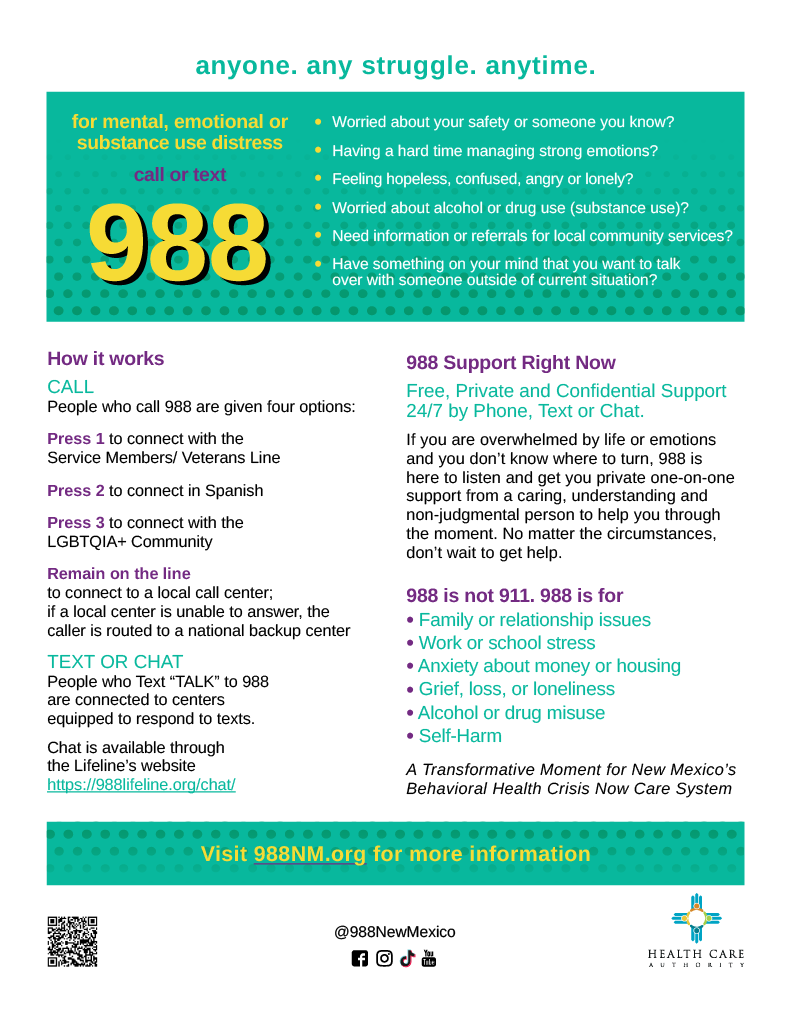SANTA FE – The state Supreme Court today clarified what constitutes the “use” of a deadly weapon in committing an assault.
In a unanimous opinion in a case involving a Clovis middle school student who brought a BB gun to school, the Court concluded that a “defendant uses a deadly weapon to commit assault where a defendant makes facilitative use of the deadly weapon.”
The Court rejected arguments by the juvenile’s attorney that use of a deadly weapon should require “weapons-related conduct” or an “affirmative action with the deadly weapon.” The student verbally threatened the principal but never brandished the gun or pointed it at him.
“Facilitative use of a deadly weapon may be found if (1) a deadly weapon is present at some point during the encounter, (2) the victim knows or, based on the defendant’s words or actions, has reason to know that the defendant has a deadly weapon, and (3) the presence of the weapon is intentionally used by the defendant to facilitate the commission of the assault,” Chief Justice Michael E. Vigil wrote in the Court’s opinion.
The Court affirmed the delinquency adjudication of a Clovis juvenile, Zachariah G., for committing aggravated assault with a deadly weapon on a school employee. A Curry County jury also found that the student committed the delinquent act of unlawfully carrying a deadly weapon on school premises.
The case stemmed from an incident in February 2018 in which other students reported that a 12-year-old had brought a gun onto the school campus. The principal located the six-grader in a hallway and escorted him into his office. When the principal asked what was causing a bulge in the Child’s waistband, the student refused to show the object. The student did produce a CO2 cartridge when asked to empty his pockets, and the principal recognized it as a possible accessory for a BB gun. While awaiting for police to arrive, the student asked the principal several questions: “What would happen if somebody shot up the school?”; “Are you afraid to die?”; and “How would you feel if a 12-year-old shot you?”
Police found an air-powered gun – a BB gun or airsoft pistol – concealed in the student’s pants.
“In this case, a reasonable jury could have determined Child used the BB gun when his verbal threats together with the presence of the BB gun created the victim’s fear of receiving an immediate battery,” the Court wrote.
Under the law, battery involves physical contact, such as punching someone or hitting a person with an object. There is no actual physical contact with an assault, such as the student’s verbal threats of possible violence.
The student appealed the jury’s decision that he committed the delinquent act of aggravated assault on a school employee with a deadly weapon, and a divided Court of Appeals affirmed the delinquency adjudication.
In adopting the principle of “facilitative use,” the Supreme Court modified the legal standard for “use” of a deadly weapon that was applied by the Court of Appeals in its majority opinion. The justices wrote that “an analysis focused on facilitative use will help distinguish between mere possession of a deadly weapon and situations where the deadly weapon was, in fact ‘appl[ied] to advantage’ in furtherance of an assault.”
The Court also directed one of its permanent rule-making committees – the Criminal Uniform Jury Instructions Committee – to develop recommendations for revising jury instructions consistent with the opinion’s definition of “use” of a deadly weapon in committing a crime.
###






































